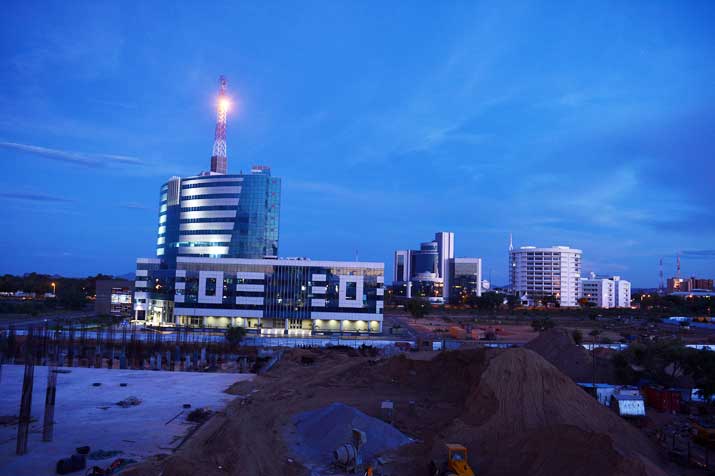Chedza Mmolawa
The World Bank recently issued a report stating that growth in Sub-Saharan Africa is slower than expected. It further reveals that investments in non-resource sectors, jobs, and efficient firms and workers are needed. Economic growth in Sub-Saharan Africa is estimated to have picked up to 2.7 percent in 2018 from 2.3 percent in 2017, barely above population growth. The region’s economic recovery continues but at a slower pace than expected (0.4 percentage points lower than the April forecast), due to downward growth revisions in the three largest economies in the region, reads the report. This proves that the road ahead is bumpy.
The slower pace of the recovery in Sub-Saharan Africa is explained by the sluggish expansion in the region’s three largest economies, Nigeria, Angola, and South Africa. Lower oil production in Angola and Nigeria offset higher oil prices, and in South Africa, weak household consumption growth was compounded by a contraction in agriculture. Growth in the region, excluding Angola, Nigeria and South Africa was steady. Several oil exporters in Central Africa were helped by higher oil prices and an increase in oil production. Economic activity remained solid in the fast-growing non-resource-rich countries, such as Côte d’Ivoire, Kenya, and Rwanda, supported by agricultural production and services on the production side, and household consumption and public investment on the demand side.
On the supply side, the moderate recovery reflected higher oil prices and better agricultural conditions following droughts. On the demand side, growth was supported by consumer spending amid eased inflation and public investment, especially among non-resource-rich countries. The external environment became less favorable for Sub-Saharan Africa. Global trade and industrial production lost momentum. Metals and agricultural prices fell due to concerns about trade tariffs and weakening demand prospects, while oil prices were on an upward trend. The tightness of oil supply suggests that oil prices are likely to remain elevated through the rest of the year and into 2019. Metals prices have been lower than previously forecasted and may remain subdued in 2019 and 2020 amid muted demand, particularly in China. Financial market pressures intensified in some key emerging markets and developing economies. Concern about dollar-denominated debt has risen among emerging markets amid a stronger U.S. dollar.
Public debt remained high and continues to rise in some countries. Vulnerability to weaker currencies and rising interest rates associated with the changing composition of debt may put the region’s public debt sustainability further at risk. Other domestic risks include fiscal slippage, conflicts, and weather shocks. Consequently, policies and reforms are needed that can strengthen resilience to risks and raise medium-term potential growth.
According to the press release, the World Bank Chief Economist for Africa, Albert Zeufack emphasized that the region’s economic recovery is in progress but at a slower pace than expected. He added that in order to accelerate and sustain an inclusive growth momentum, policy makers must continue to focus on investments that foster human capital, reduce resource misallocation and boost productivity. And that policymakers in the region must equip themselves to manage new risks arising from changes in the composition of capital flows and debt.

